Houay Xai overview can help you have a more comprehensive understanding of Houay Xai from the basic information, geographical location, climate and so on.
Basic Information
- Chinese Name: 会宾
- Location: northwestern part of Laos, bordering Thailand
- Administrative Category: District
- Area: 1,730 km²
- Population: 78,246 (as of 2020)
- Elevation: 398 m
- Main Ethnic Group: Khmu
- Main Religion: Theravada Buddhism
- Main Airport: Houay Xai Airport (HOE)
- Famous Attractions: Gibbon Experience; Lao Red Cross Herbal Sauna and Massage; Nam Kan National Park
Geography
Houay Xai is a town located in the northwestern part of Laos, in the Bokeo province. It is situated on the banks of the Mekong River, which forms the border with Thailand to the west. The town is surrounded by hills and mountains covered with dense forests, making it a popular destination for trekking and ecotourism. Houay Xai is located in a region known as the Golden Triangle, where the borders of Laos, Thailand, and Myanmar meet. This area is known for its history of opium production and trade, but today it is primarily a tourist destination.
Climate
Houay Xai is a town located in the northwestern part of Laos, near the border with Thailand. The climate of Houay Xai is classified as tropical savanna climate, also known as Aw climate under the Köppen climate classification system.
The town experiences two distinct seasons - a wet season from May to October and a dry season from November to April. During the wet season, Houay Xai receives heavy rainfall with high humidity and temperatures ranging from 20 to 33 degrees Celsius. The dry season is characterized by lower humidity and temperatures ranging from 14 to 33 degrees Celsius.
The hottest months in Houay Xai are typically March, April, and May, with average temperatures ranging from 23 to 33 degrees Celsius. The coldest months are December and January, with average temperatures ranging from 14 to 27 degrees Celsius.
Best Time to Visit
Houay Xai is a small town in northwestern Laos, and the best time to visit it depends on what activities you plan to do and your personal preferences.
The dry season, which lasts from November to April, is generally considered the best time to visit Houay Xai. During this time, the weather is usually dry and sunny, making it ideal for outdoor activities such as trekking, kayaking, and exploring the local attractions. The temperatures are also cooler, ranging from 15-25°C (59-77°F) on average.
However, if you are interested in seeing the lush greenery of the region and experiencing its natural beauty, you may prefer to visit during the rainy season, which runs from May to October. The rain can make some outdoor activities more difficult, but it also brings out the beauty of the surrounding forests and waterfalls. Temperatures during the rainy season can range from 20-30°C (68-86°F) on average.
Keep in mind that the weather can be unpredictable, and it is always a good idea to check the weather forecast before your trip. Additionally, if you plan to travel during peak season (December-January), be sure to book your accommodations in advance, as they tend to fill up quickly.
Culture
Houay Xai is a town located in the Bokeo Province of northern Laos. The town is home to a diverse mix of ethnic groups, including the Lao, Tai Dam, Tai Yuan, and Chinese. As a result, the culture of Houay Xai is a blend of various traditions and customs.
The Lao culture is prevalent in Houay Xai, and it is reflected in the town's food, language, and festivals. Lao cuisine, which includes dishes such as sticky rice, laap (minced meat salad), and khao soi (noodle soup), can be found in many restaurants and food stalls in the town. The Lao language is also spoken by most of the town's residents.
The Tai Dam, a Tai-speaking ethnic group, also have a significant presence in Houay Xai. Their culture is evident in their traditional clothing, which includes black and indigo-colored garments with intricate embroidery. The Tai Dam are also known for their weaving and handicrafts, which can be found in local markets.
The Tai Yuan, another Tai-speaking ethnic group, are known for their skills in silverwork and basketry. They also have a strong tradition of folk music and dance, which can be seen at festivals and cultural events in Houay Xai.
The Chinese community in Houay Xai is also prominent, and they have contributed to the town's culture through their food, language, and traditions. Chinese cuisine, including noodle dishes and dumplings, can be found in many restaurants and food stalls in the town. The Chinese language is also spoken by some of the town's residents.
Overall, the culture of Houay Xai is a rich blend of various traditions and customs, reflecting the diverse ethnic groups that call the town home.
Transportation
Houay Xai is a small town in northern Laos with limited transportation options. Tuk-tuks are the most common mode of transport, and they are cheap and readily available. There is also a bus station in the town that connects to other parts of Laos, as well as to Thailand. However, the roads can be quite bumpy, and travel times can be long. Another option is to take a boat on the Mekong River, which is a popular way to travel to Luang Prabang and other destinations.
Famous Attractions
- Gibbon Experience: It is a popular ecotourism activity in Houay Xai, Laos. It offers visitors the opportunity to explore the jungle canopy by ziplining between treehouses and hiking through the forest. The main attraction is the chance to see wild gibbons in their natural habitat.
- Lao Red Cross Herbal Sauna and Massage:Whether you need to recover from the bus or want to prep for your journey on an overly packed slow boat, a traditional sauna is a great way to sweat out stress and soothe tense muscles.
- Nam Kan National Park: The park is home to a diverse range of flora and fauna, including several endangered species such as the Indochinese tiger, Asian elephant, and clouded leopard. It also contains a number of important rivers and waterways, including the Nam Khan River, which is a major tributary of the Mekong River.
- Wat Chomkao Manilat:Visitors need to walk a flight of stairs uphill to reach this lovely temple. The front facade of this temple overlooks the mighty Mekong River and also Thailand on the other side of the river border. A good place to visit in the tranquil town of Huay Xai.
History
Huay Xai (also spelled Houay Xai or Huoeisay) is a town located in the northwestern part of Laos, on the border with Thailand. The town has a long history, dating back to the time of the Khmer Empire in the 10th century.
During the 19th century, Huay Xai became an important center for the trade of opium, which was grown in the surrounding hills and mountains. The town was also a center for the trade of other goods, including textiles, timber, and precious stones.
In the early 20th century, the French colonized Laos, and Huay Xai became an important outpost for the colonial administration. The French built a number of administrative buildings and a hospital in the town, and also constructed a road to the nearby city of Luang Prabang.
During the Vietnam War, Huay Xai served as a base for the Pathet Lao, a communist group that fought against the government of Laos and the United States. The town was heavily bombed by American forces during the war, and many of the buildings were destroyed.
After the war, Huay Xai slowly recovered, and today it is a bustling town with a population of around 17,000 people. The town is a popular destination for tourists, who come to explore the nearby national parks and to cross the border into Thailand.
Economy
Houay Xai is a town located in the Bokeo Province of Laos. It is situated on the banks of the Mekong River and serves as a major commercial hub for the region. The economy of Houay Xai is largely driven by trade and agriculture.
Agriculture is the mainstay of the local economy in Houay Xai, with rice, corn, and vegetables being the primary crops grown in the region. The fertile lands surrounding the town provide an ideal environment for agricultural production, and many local farmers rely on the sale of their crops for their livelihood.
In addition to agriculture, Houay Xai also has a thriving trade sector. The town is strategically located on the border with Thailand, and serves as a major transit point for goods moving between Thailand and Laos. Many traders from Thailand come to Houay Xai to buy and sell goods, and the town is known for its bustling markets and trading activity.
Tourism is also an important contributor to the economy of Houay Xai. The town is a gateway to the nearby Bokeo Nature Reserve, which is home to rare and endangered wildlife, including the elusive Gibbon. The Gibbon Experience, a popular eco-tourism activity, is based in Houay Xai and attracts many visitors to the town.
Overall, the economy of Houay Xai is diverse and largely based on natural resources, agriculture, trade, and tourism.
Natural Resources
Houay Xai, located in the Bokeo Province of Laos, is rich in natural resources that play a significant role in the local economy. Some of the notable natural resources found in the region include:
- Forests: The region is covered with dense forests that are home to a variety of rare and endangered wildlife, including gibbons, elephants, tigers, and bears. These forests provide timber for the local wood industry and are also important for the production of non-timber forest products like medicinal plants, mushrooms, and bamboo shoots.
- Rivers: The Mekong River flows along the border of Houay Xai and serves as a major water resource for the town and the surrounding areas. The river provides water for irrigation, fishing, and transportation. It also supports a variety of aquatic life, including fish, shrimp, and crabs.
- Agriculture: The fertile lands surrounding Houay Xai are ideal for agriculture, and the region is known for its production of rice, corn, vegetables, and fruits. The local farmers rely on the natural resources of the region, including water from the Mekong River, to grow their crops.
- Minerals: The region is also rich in mineral resources, including gold, copper, and silver. The mining industry is still in its early stages in Houay Xai, but it has the potential to play a significant role in the local economy in the future.


 Tours
Tours
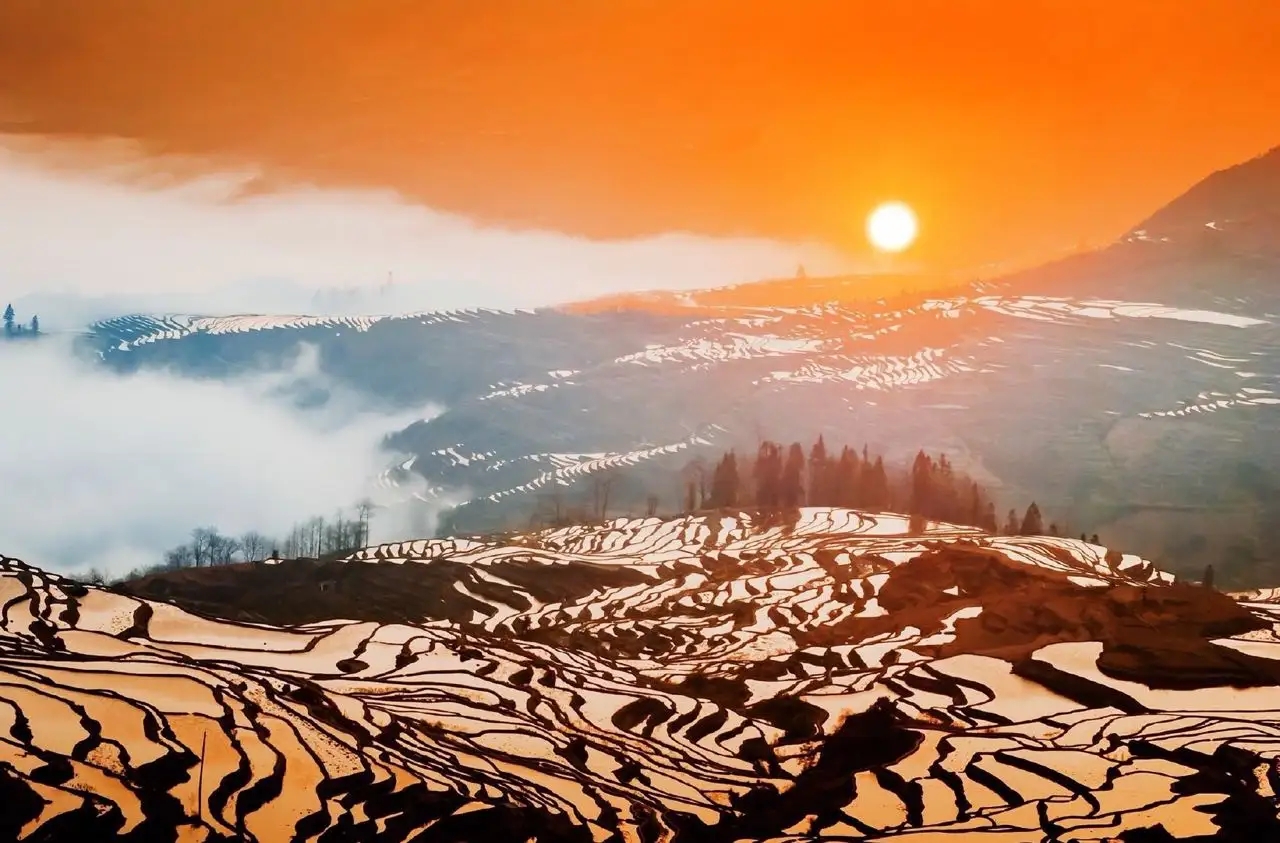
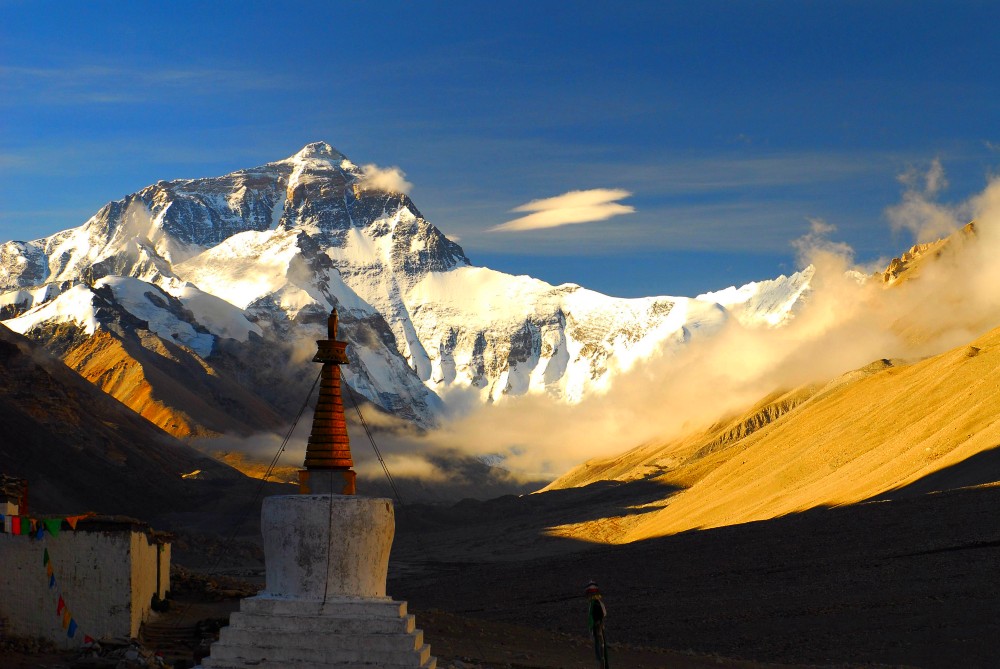
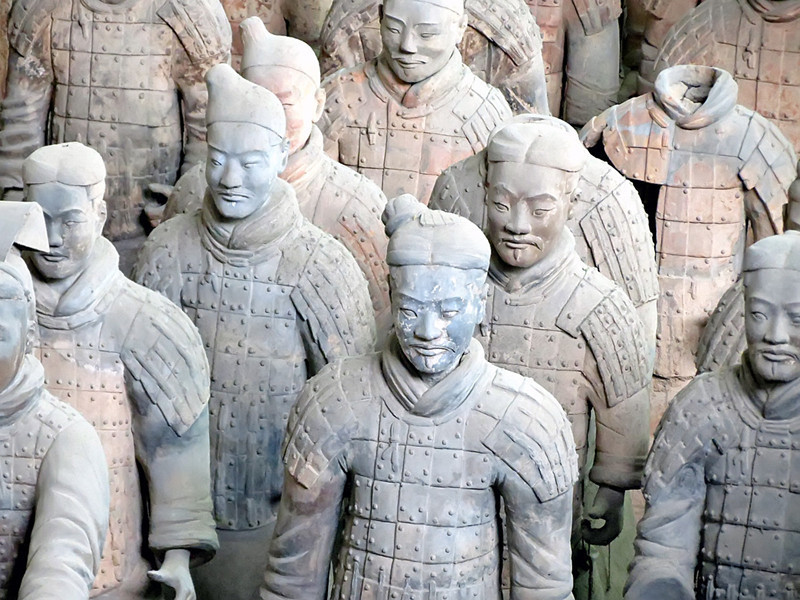
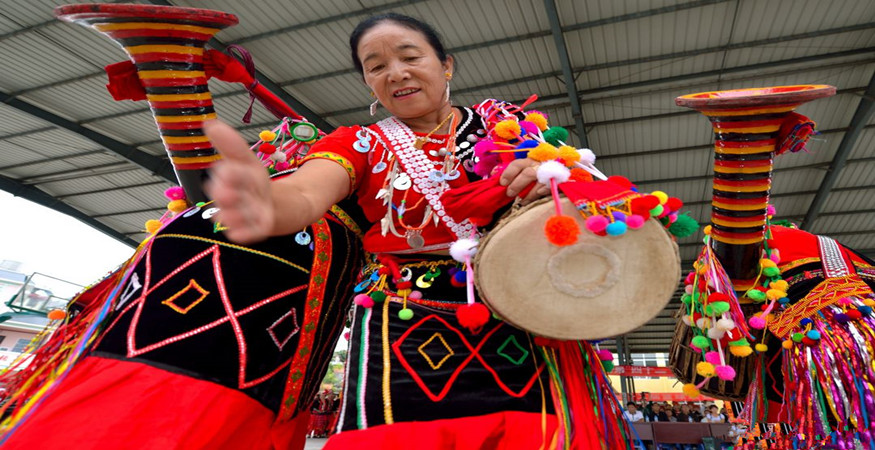
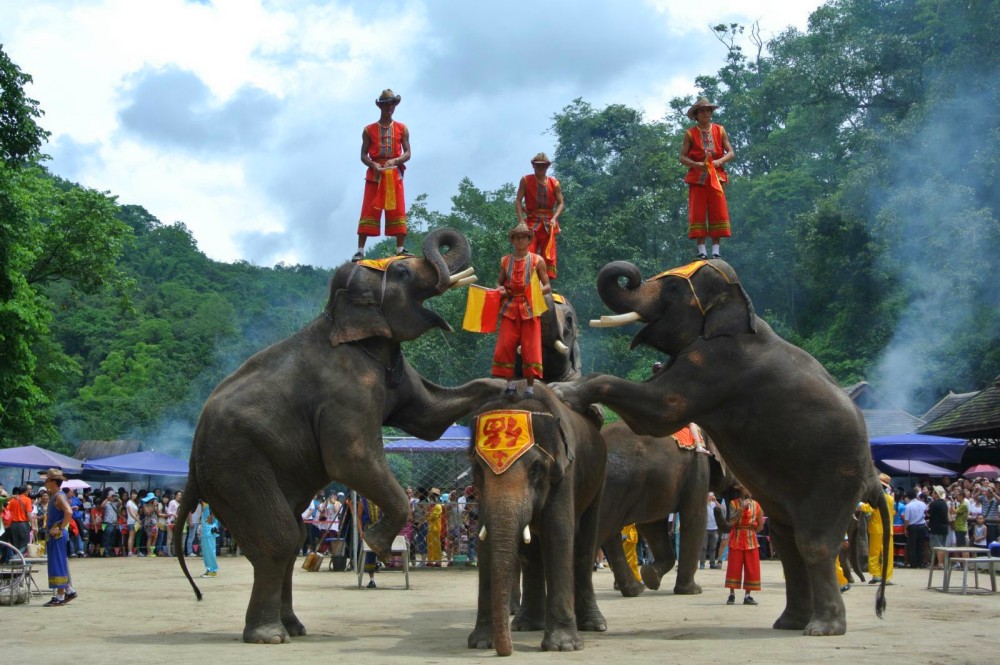

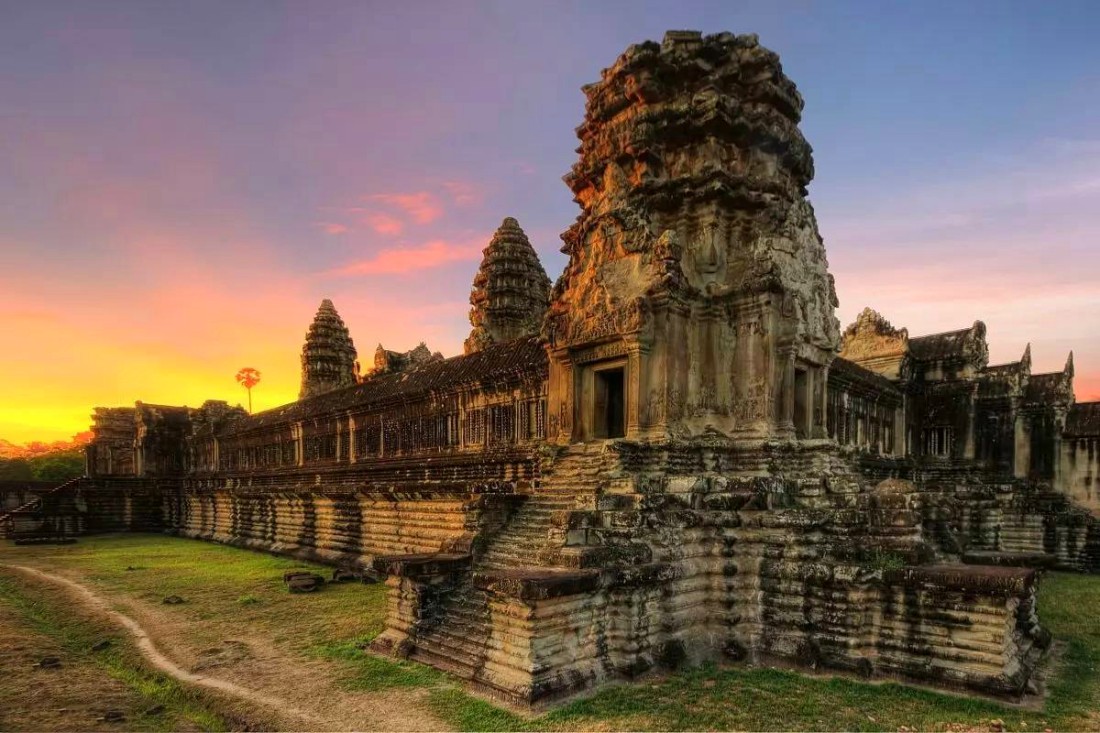
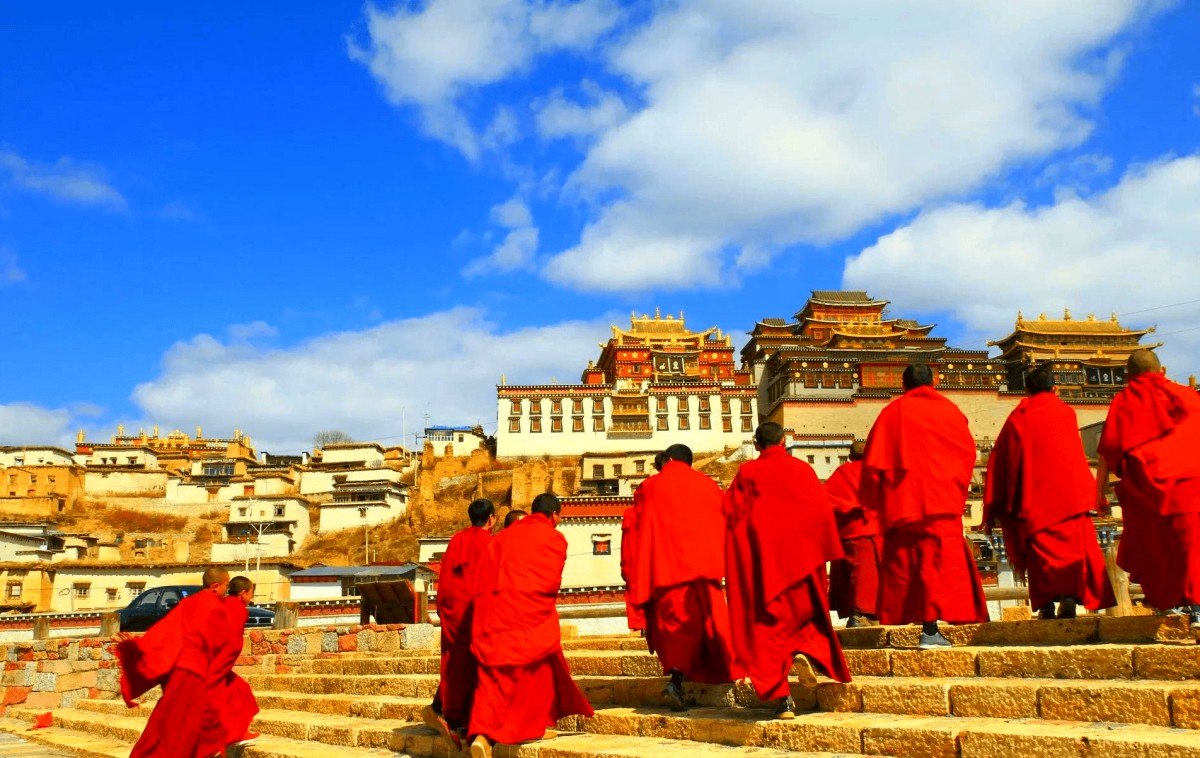

 Destinations
Destinations Attractions
Attractions Golf
Golf Customize
Customize About Us
About Us Contact
Contact








